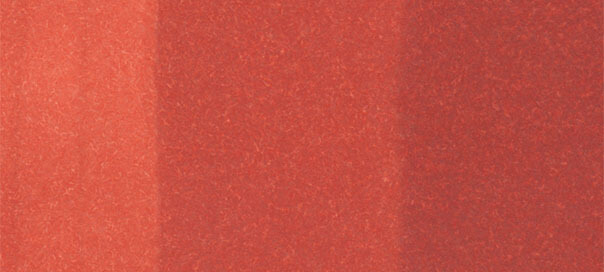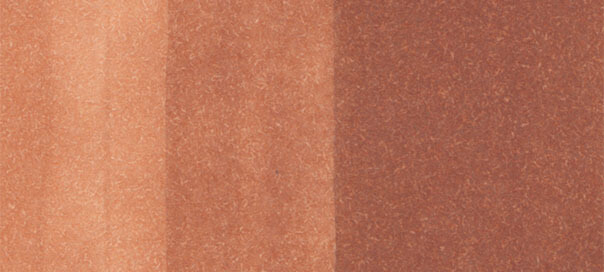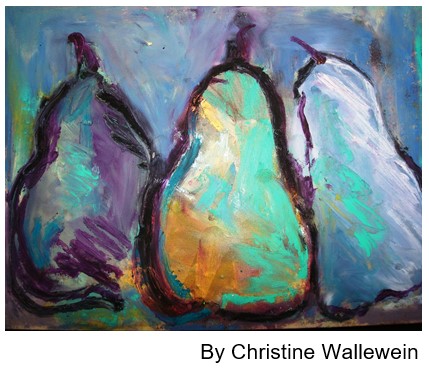In 1949 Pablo Picasso asked Henri Sennelier to create a completely new medium that had the qualities of oil paint and soft pastel in an easy-to-apply stick form. Picasso told Henri, ‘I want a coloured pastel that I can paint on anything…wood, paper, canvas or metal without having to prepare or prime the surface.’ This collaboration between the a modern art genius and a master colourist gave birth to Sennelier Oil Pastels, pure intense colour drawing sticks, with a completely new form of consistency and smoothness. Sennelier, Oil Pastels.

How do pastels and oil pastels differ?
Pastels, the chalky ones, are sticks of ground pigment mixed with a minimum of binder, enough that they hold their shape. Oil pastels are made with ground pigments combined with a slight amount of wax, softened with a smaller amount of oil. Professional-grade formulas use refined oil. “Oil Pastel for the Serious Beginner”, by John Elliot
Compared with traditional soft or ‘dry’ pastels, oil pastels are not chalky or powdery to the touch. Unlike soft pastel, oil pastel is a clean, dust-free medium capable of producing rich and varied painting effects.
There is a range of oil pastels
Oil pastels range in quality and softness. An artist-quality oil pastel is completely different from the oil pastels you may have used in school. Sennelier Oil Pastels are so creamy and smooth, it feels like drawing with lipstick. Testing the direct application of such buttery colour always elicits “oohs and ahhhs” during our workshops. These pastels come in 120 colours in cylindrical sticks with perforated wrapping for easy peeling.
In comparison, Holbein Artist Oil Pastels are firmer but still uniform in consistency. They are particularly good for rough surfaces and better for artists with a heavier hand. They come in 144 colours in square unwrapped sticks. The lack of a label is a bit tricky. It is best to make your own labeled colour swatches in a notebook so you can remember which ones you need to replenish.
Both Sennelier and Holbein oil pastels are acid-free and chemically stable with no oxidation of colour. This quality prevents deterioration of the surface and the support while guaranteeing non-yellowing colour. The brands will intermix. Both have colours ranging from opaque to semi-transparent to transparent, depending on the pigment. Oil pastels are versatile enough that you can use them on all pastel cards and watercolour papers. We recommend acid-free papers, 80 lb and heavier, for best results. Dark-coloured backgrounds are not an obstacle for oil pastels. Indeed, as Picasso desired, they can also draw on almost any surface: canvas, wood, ceramic, plaster, metal, plastic, glass, and photographs.

Versatile pastels offer numerous means of expression
Apply colours directly or mix colours on your support of choice by blending with a rag or your fingers. Dilute colours Taltine odorless mineral spirits or Gamsol
Oil pastel is a perfect medium for mixed media and collage. Use them as a resist for watercolour, gouache, ink, or light acrylic washes. They repel water-based materials but allow the medium to colour the area around them.
Try modifying Thick applications of oil pastels by scraping and manipulating them with a palette knife. Create ‘scraffito’ effects by using a stylus and other pointed objects to scratch into layers of pastel. Sculpt the colours with a preheated palette knife. After heating, adhere and inlay pigments, sand, sawdust, wood, paper, glass, or metal into a moist colour.
Oil pastels should not be confused with oil sticks, bars, or paints that come in a stick form. Like any other oil paint, oil sticks will dry to create a hard outer skin. By contrast, oil pastel will harden over time, but never forms a hard outer skin. They remain supple and slightly moist, ensuring protection against cracking. It remains forever somewhat workable. Never varnish an oil pastel artwork! Preferably, framed them to prevent accidental scratching or smudging. Store your works of art interleaved with sheets of glassine and hold them together with a bulldog clamp to prevent smudging.

Are you inspired to start working in oil pastels? Visit us.
School Art Project for Oil Pastels
- Project Oil Pastel Dog Caricatures
- Project Oil Pastel Scraffitto
More: Soft Pastel Introduction
_________________________
Kim Fjordbotten (June 2020) As the owner of The Paint Spot, Kim Fjordbotten is passionate about helping artists use materials and make art. She is available as a speaker and educator for teachers and art associations. The Paint Spot offers exhibitions, workshops, and beautiful art materials to inspire your creativity.
Notice you are not bombarded with advertising while sourcing this information. Please help us by purchasing your art supplies from The Paint Spot. We really appreciate your business and it means we can keep making educational posts for free. Thank you
